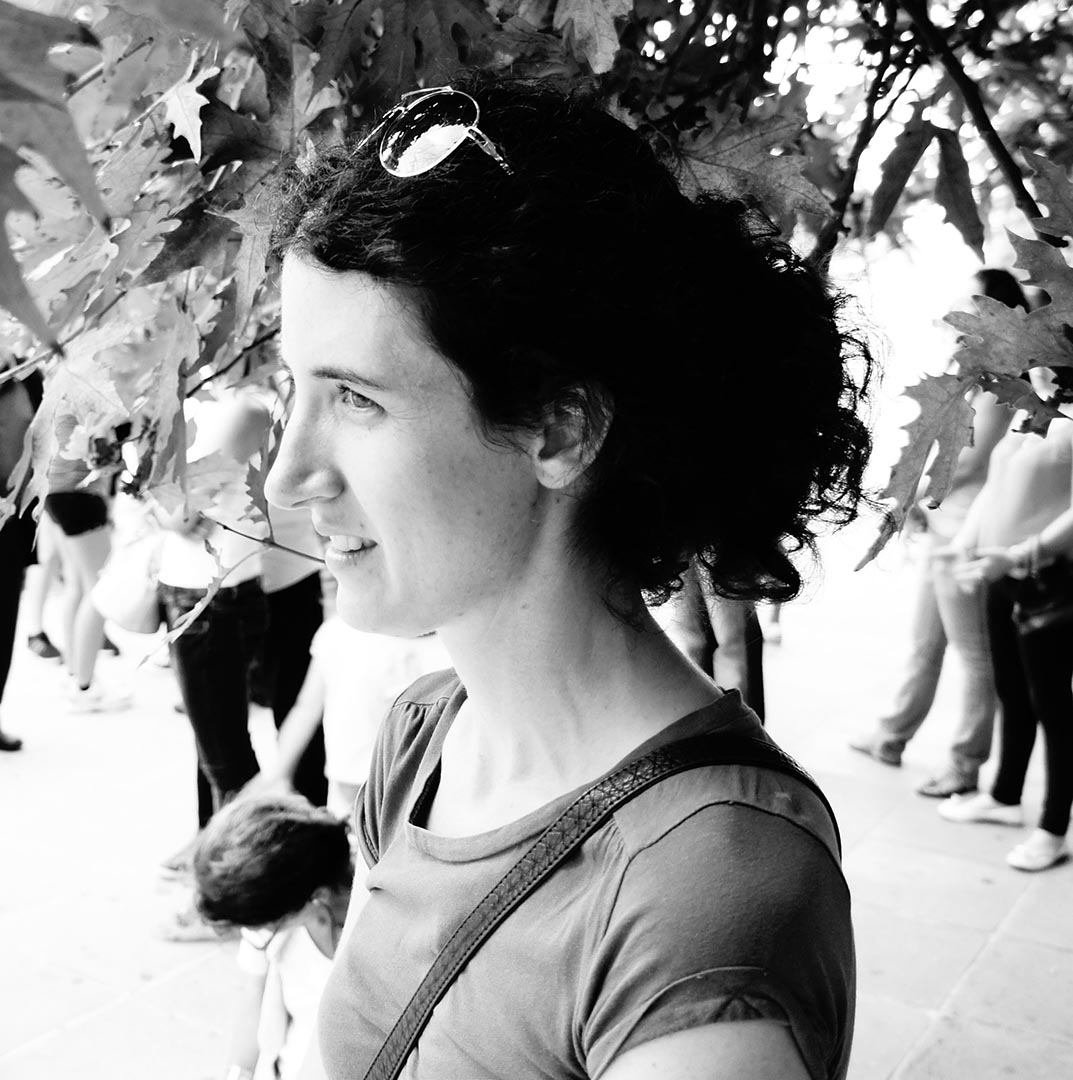Emily Catherine Egan

Associate Professor, Ancient Eastern Mediterranean Art and Archaeology, Art History and Archaeology
Classics
ecegan@umd.edu
4222 Parren J. Mitchell Art-Sociology Building
Get Directions
Education
Ph.D., , University of Cincinnati
Research Expertise
Ancient Mediterranean
Archaeology
Digital Art History
Visual Culture
Emily Catherine Egan is an Aegean prehistorian and field archaeologist. She holds a dual B.A. in Classics and Old World Archaeology and Art from Brown University, an M.Phil. in Archaeology from the University of Cambridge, and an M.A. and Ph.D. in Classics from the University of Cincinnati. Her research focuses on artistic practice in the Bronze Age Aegean, and particularly on the production, consumption, and iconography of Mycenaean painted surface decoration. She has undertaken archaeological fieldwork in Italy, Turkey, Jordan, Armenia, Cyprus, and most recently in Greece, where she is currently studying wall painting assemblages from the Palace of Nestor at Pylos, and Petsas House, Mycenae.
Dr. Egan has held fellowships at the American School of Classical Studies at Athens (2009-2011), and in 2015-2016 was post-doctoral fellow of pre-modern Mediterranean Studies in the History of Art and Visual Culture Department at the University of California, Santa Cruz. In 2019-2020, she was Fellow in Aegean Art at Harvard University's Center for Hellenic Studies in Washington D.C.
In the field, Dr. Egan's research questions address issues pertaining to wall (and floor) painting iconography, mural reconstruction, cross-craft interaction, and visual literacy among different populations in the fourteenth and thirteenth centuries BC, and she is currently preparing a monograph on decorated Mycenaean floors. At Maryland, she offers undergraduate courses on Greek art and archaeology, Aegean prehistory, ancient portraiture, and the archaeology of color.
Dr. Egan is a faculty affiliate of the Department of Classics.
Publications
Standardization vs. Individualization in the Pylian Painted Argonaut
Examination of individualized elements in wall-painted argonauts from the Palace of Nestor at Pylos
Author/Lead: Emily Catherin…A Wheel-Made Bovid from the Palace of Nestor
Analysis and reconstruction of a newly discovered wheel-made bovine figure from the Palace of Nestor at Pylos
Author/Lead: Emily Catherin…From Permanent to Portable: The Ceramic Perpetuation of Painted Landscapes at Knossos in the Final Palatial Period
Consideration of the potential replacement of wall paintings with vase paintings in the Final Palatial Period at Knossos
Author/Lead: Emily Catherin…A Lost Mycenaean Fresco Fragment Re-Examined
Analysis and reconstruction of a Bronze Age wall painting of a male figure reportedly found at Mycenae but currently lost
Author/Lead: Emily Catherin…Non-ARHU Contributor(s): Yannis Galanakis
Working within the Lines: Artists’ Grids and Painted Floors at the Palace of Nestor
Reinterpretation of mini-grids impressed into selected floor squares in the megaron of the Palace of Nestor at Pylos as artists' grids
Author/Lead: Emily Catherin…An Unprecedented Naval Scene from Hall 64 at the “Palace of Nestor” at Pylos
Preliminary presentation and reconstruction of a new wall painting of ships from Hall 64 of the Palace of Nestor at Pylos
Author/Lead: Emily Catherin…Non-ARHU Contributor(s): Hariclia Brecoulaki, Jack L Davis, Sharon R Stocker
Marine Iconography at the Palace of Nestor and the Emblematic Use of the Argonaut
Preliminary presentation of the use of the argonaut motif in the wall paintings of the Palace of Nestor at Pylos
Author/Lead: Emily Catherin…Non-ARHU Contributor(s): Hariclia Brecoulaki

